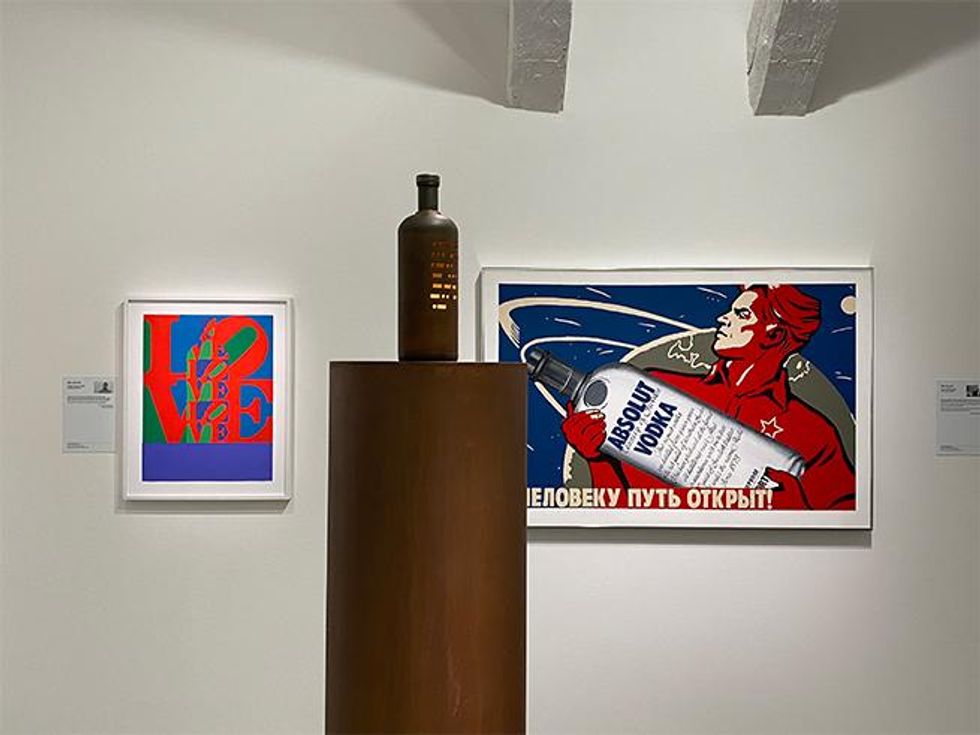Queer Pride, AIDS Activism, Art & Absolut Vodka at a Swedish Museum
| 05/13/21
By continuing to use our site, you agree to our Privacy Policy and Terms of Use.
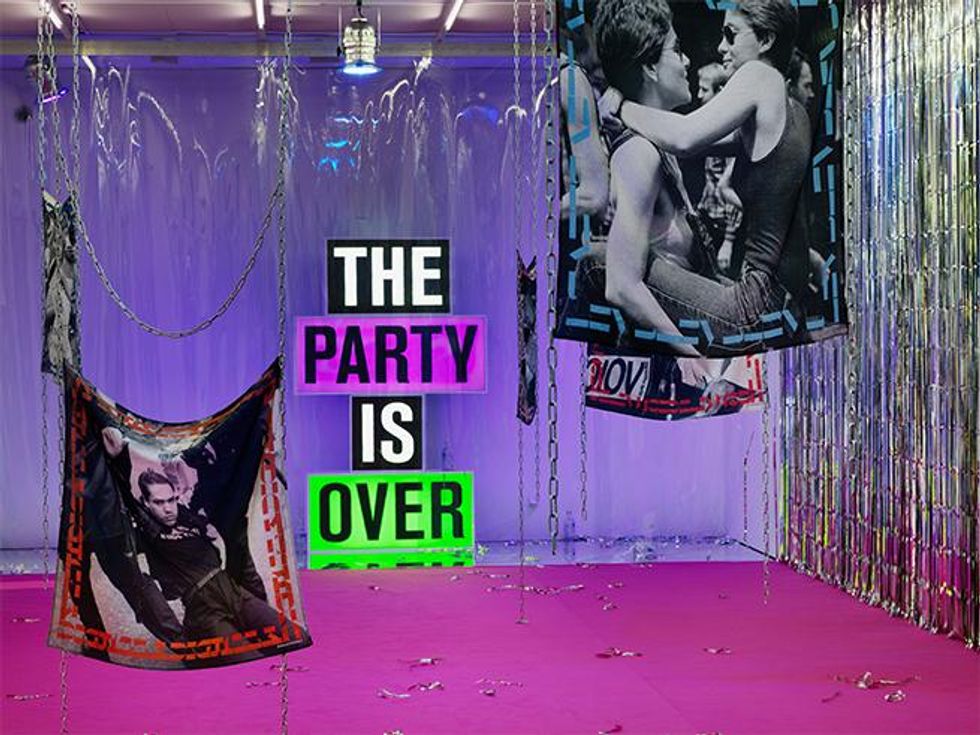
Elisabeth Ohlson, a lesbian photographer and artist from Sweden, is best known for her work Ecce homo which portrayed Jesus among trans and queer people. Now, through the end of May she’s curating The Party’s Over, a show at Stolkholm, Sweden's Museum of Spirits that focuses on the Absolut Vodka’s queer-influenced art from the 1980s and ’90s.
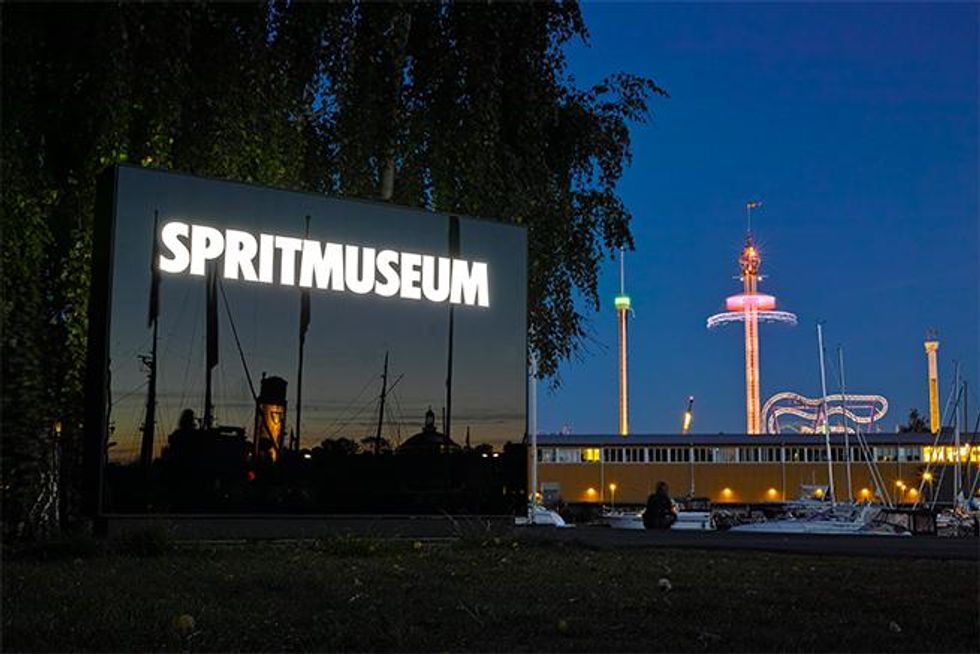
The Museum of Spirits holds The Absolut Art Collection, which was started by the Swedish company during the '80s a turbulent time in LGBTQ+ history. The collection’s initial pieces by Andy Warhol in 1985 reflect both the AIDS panic, and explosion of creativity from the queer community. Living with the awareness of death fueled a youth-driven club culture in which art, sex, and vitality were essential components. The queerness of the times exerted a powerful influence in major cities like New York, London, Paris – and Stockholm.
Photo by Mikael Sjösten

During a decade when the AIDS epidemic was killing young gay and bi men by the thousands, Absolut recruited many queer artists, including Warhol and Keith Haring (whose work is above right) to create pieces featuring their bottles. The brand also supported some of the biggest LGBTQ+ publications of the times by advertising with those images on the back cover of queer magazines.
“It meant something when Absolut Vodka of Sweden created global campaigns featuring artists who were more or less openly homo- and bisexual,” Ohlson notes. “Their advertising campaigns sent an important signal that we were allowed in the public discourse. We were recognized as a target group worth paying attention to.”
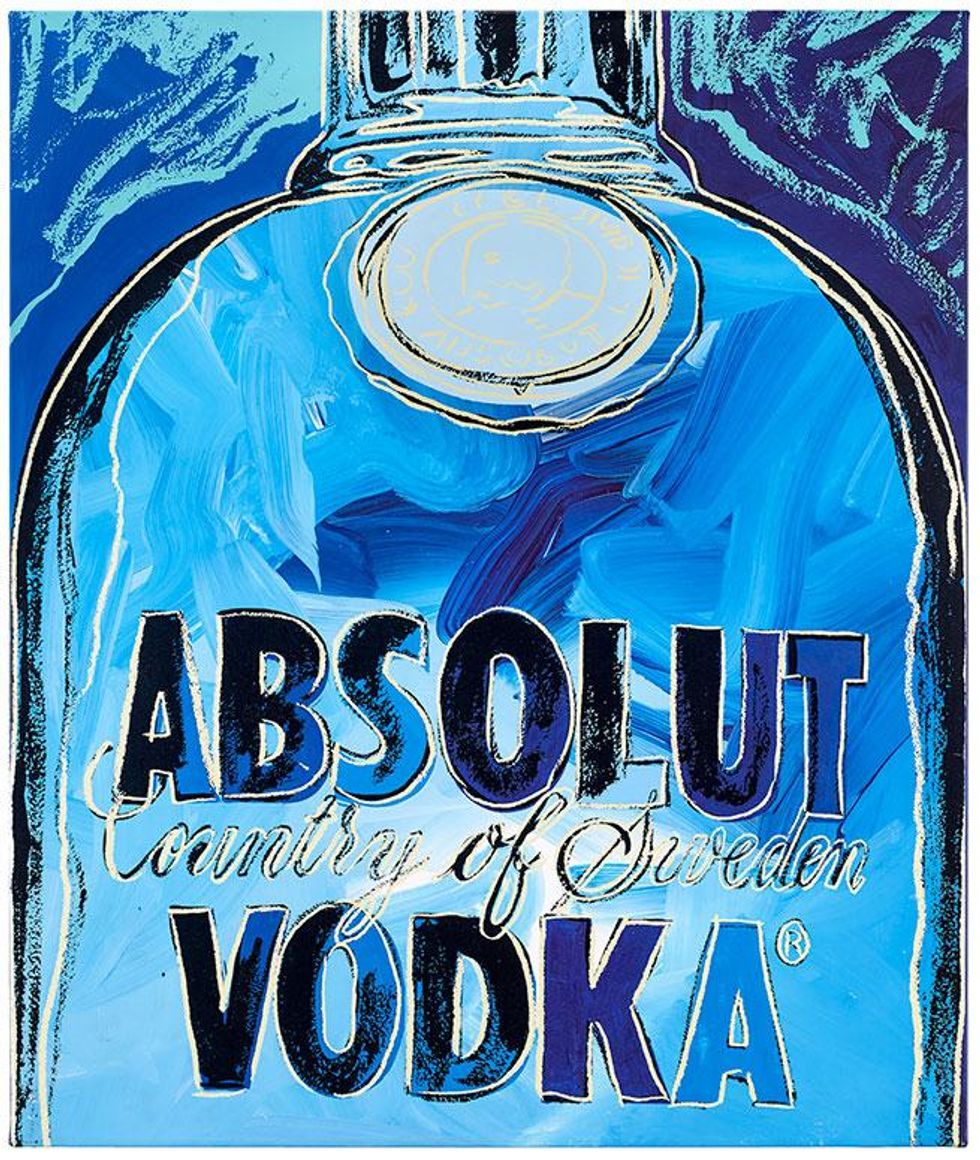
Especially in America, where underserved demographics can remains invisible until a community is viewed as a viable target market, being seen that way was important. Of course, it can’t be confused with the work of thousands of LGBTQ+ activists to make change happen.
“The struggle is nothing you can buy; you can’t pay for or buy liberation. It has to come at its own pace, from its own strength,” Ohlson writes for the exhibit. Yet Absolut’s money did further the LGBTQ+ movement as one of the few mainstream brands to not only advertise to the community but employ queer and HIV-positive creators in an era of deep stigma.

As guest curator for the exhibit, Ohlson, brings in her own experiences from the ’80s, a decade that shaped her art and activism in choosing art pieces from the Absolut Art Collection, a broad collection of installations, films, paintings, decoration, kitsch, traditional folk art, works by both famous and unknown artists. Absolut Vodka allowed tension to exist between the creator’s visions and the brand’s interest by making the only requirement be that its bottle be centered in the work.
Work by Maurizio Cattelan, an Italian artist, photographed by Per-Erik Adamsson
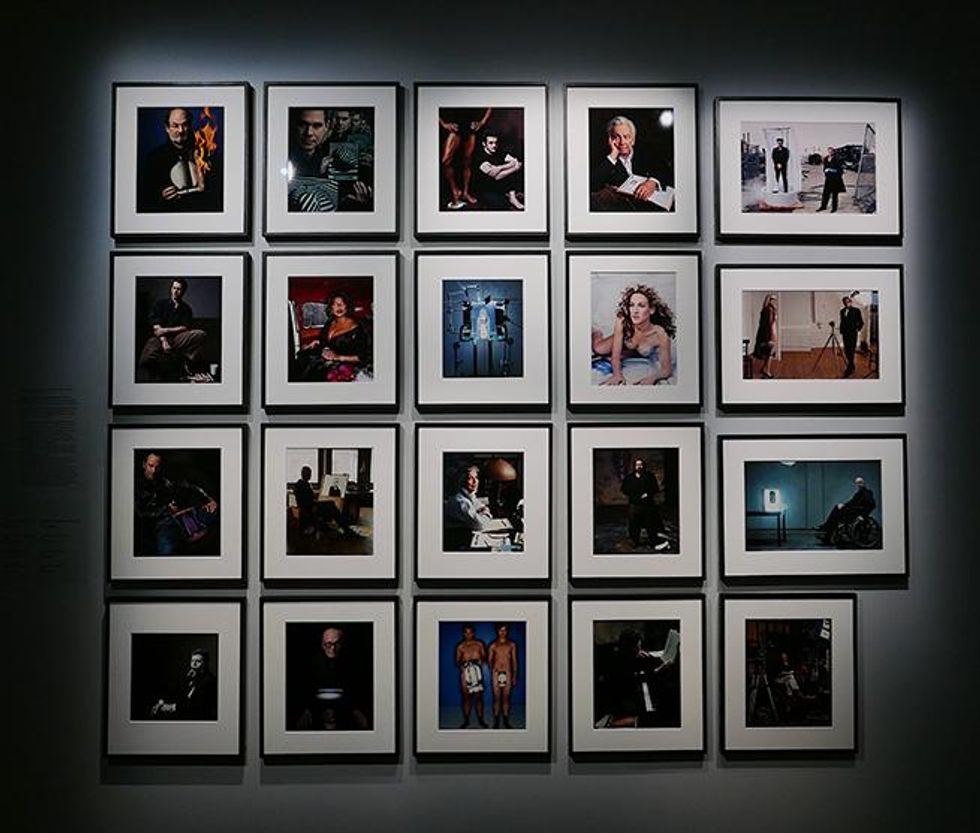
Ohlson reminds viewers of the hidden and intersectional depths behind the images by drawing attention to thematic undercurrents: HIV/ AIDS, street art, and LGBTQ+ activism and relationships. And she shares personal stories along with quotations from artists who used art as a platform for political struggle.
“Elisabeth Ohlson’s personal stories provide the visitor with unique insight into this turbulent period,” says Mia Sundberg, curator of art at the Museum of Spirits. “Several artists from the Absolut Art Collection, including Andy Warhol, Annie Leibovitz, and Keith Haring, whose art is emblematic of the period, are exhibited alongside Elisabeth’s photos. In many ways the art mirrors Elisabeth’s memories of this dramatic time.”
Photo by Matilda Ivarsson
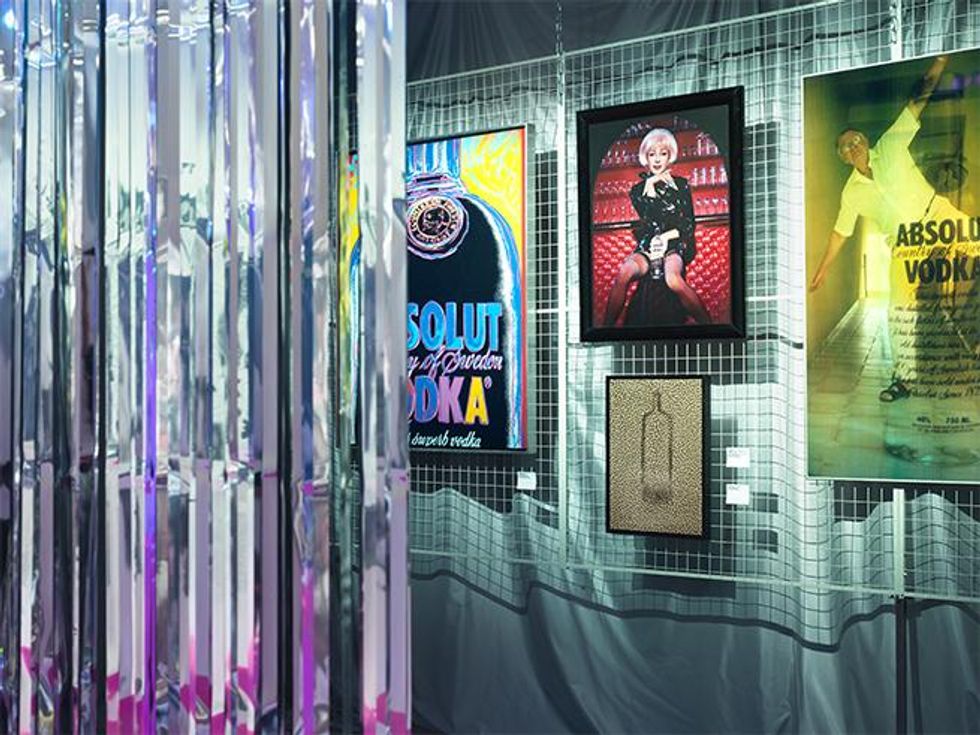
photograph by Jonas Lindström
